College Admissions: Can You Play Your Sport in College?
Wednesday, June 03, 2015
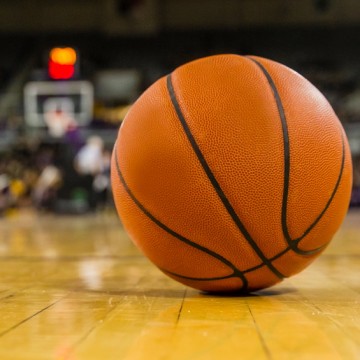
I often have parents come into my office with the expectation that their son or daughter will be able to play his or her sport in college. For some, this is a realistic option. For others, not so much.
To start off, here are some facts about collegiate sports and athletic scholarships:
1. A lot of athletes contend for limited opportunities. There are 7,400,000 high school student athletes and 460,000 NCAA student athletes. Statistically, about 6% of student athletes will end up being able to compete in college.
2. The odds of winning an NCAA sports scholarship are long. Only about 2% of high school athletes win sports scholarships every year at NCAA colleges and universities. For those who do snag one, the average scholarship is less than $11,000.
3. Full-ride sports scholarships are in short supply. There are only six sports where all the scholarships are full ride. These so-called head-count sports are football, men and women's basketball, and women's gymnastics, volleyball, and tennis. In these Division I sports, athletes receive a full ride or no ride.
4. Scholarship amounts can be modest. Beyond the head-count sports, all other sports are considered "equivalency" sports. NCAA rules dictate how much money a program, such as lacrosse or track, can spend on scholarships. Coaches can slice and dice these awards as they choose, which can lead to smaller scholarships than you might expect.
5. Take flattery with a grain of salt. Coaches may tell teenagers that they have lots of scholarship money to divvy out, but prospective student athletes shouldn't assume that they will be the recipients. A coach might not know whether he really wants a certain player until he finds out what other prospective players want to sign on to the team, and then he may drop the player with whom he had been in discussion.
6. A verbal commitment is meaningless. There is no guarantee that an athlete who verbally commits to a team will end up on it. A coach can change her mind about a prospect.
7. Playing high-level college sports will be a full-time job. Division I athletes may as well be called full-time employees of their schools because of the long hours they “work” to fulfill their sport commitment. According to an NCAA survey last year, playing football required 43.3 hours per week; college baseball, 42.1 hours; men's basketball, 39.2 hours; and women's basketball, 37.6 hours. Because of the huge time commitment, as well as time away from campus, Division I athletes will often find it extremely difficult to major in rigorous disciplines, such as the sciences and engineering. If this is the case, having the ability to play a Division I sport does not always mean that one should. Division III schools should be under consideration in certain scenarios.
With all of this in mind, here are some ways to determine if your student/athlete can compete in college. Keep in mind that you are working to determine if he can compete collegiately as well as which NCAA Division (NCAA Division I, II, or III or NAIA) is the best fit for his abilities.
Timed/measured sports are easier to discern. For swimming or track & field, one can look at a “time” (distance, etc.) and know whether the student will be able to compete collegiately by comparing their times against how fast the student/athletes are swimming, running, etc. in college. Generally, coaches want to see that a student/athlete can “score” for them in their Athletic Conference to determine if they will make the roster and/or receive some sort of athletic scholarship funding. Obviously, the faster they are, the more money they may receive. We can look at CollegeSwimming.com, for example, and see if a swimmer’s current times could score in any particular conference as well as where her times would place her on a given college roster. In this way, we can tell if the student has a realistic chance of competing for that college, or any college.
For “subjective” sports (soccer, softball, basketball, etc.) it’s a bit harder to determine whether an athlete could compete collegiately, as well as which NCAA Division she is best suited for. This is done through a series of steps such as communicating to coaches, followed by sending video of her play, and participating in ID Camps and college showcases to get “exposure”. As the student starts writing to coaches, she notes which college coaches are writing back with possible interest, which helps direct the search towards the best athletic fit (Division I, Division II or Division III or NAIA). If no coaches write back, this is an answer as well. For certain sports, it’s also telling if an athlete made their Varsity high school team freshman or sophomore year rather than in later years.
While I don’t want to discourage student/athletes from pursuing their dream of playing collegiate athletics, it’s important to be realistic about their chances of competing at this extremely competitive next level.
Kathy Smith Connor is the owner of Connor College Consulting. She swam for Stanford on a full athletic scholarship, competed on several US National swim teams and was an alternate to the 1980 United States Olympic Team. She helps student athletes find their best fit college academically, socially, financially and athletically. Contact her at [email protected].
Jodi Walder-Biesanz is the founder of Portland, Oregon-based College Admission Coach LLC which helps students identify and gain admission to right-fit schools where they will thrive academically and personally. Contact her at [email protected].
Related Slideshow: 30 Famous College Grads From Oregon
Who are some of the most famous people to graduate from Oregon schools? Here is a list of a few of the most interesting or surprising alumni you probably didn't know came from Oregon.
Related Articles
- College Admissions: Common Application Prompt, Learning from Failure
- College Admissions: Common Application Prompt, Perfectly Content
- College Admissions: Common Application Prompt, Share Your Story
- College Admissions: Create an Academic Resume
- College Admissions: Deciding Where to Attend
- College Admissions: Disappointing Admissions News
- College Admissions: Disciplinary Disclosures On Your Application
- College Admissions: Following up after Applications are Submitted
- College Admissions: Forecasting Classes for Next Year
- College Admissions: Get a Summer Job
- College Admissions: Get Started on Scholarship Applications
- College Admissions: How to Request and Get Fabulous Recommendation Letters
- College Admissions: Job Shadows
- College Admissions: More College Application Follow-Up Suggestions
- College Admissions: National Youth Science Camp
- College Admissions: Pacific Northwest Scholarships
- College Admissions: Portland Spring College Fair
- College Admissions: Research and Internship Explanations that Get Noticed
- College Admissions: School Specific Research
- College Admissions: Standardized Test Prep
- College Admissions: Student-Parent Agreements
- College Admissions: Ten Tips for Acing Your College Interview
- College Admissions: The Similarity Between Online Dating Profiles and ‘Why This College?’ Essays
- College Admissions: Tips for Fantastic College Visits
- College Admissions: Twelve Gift Ideas for Future College Students
- College Admissions: Typical College Interview Questions
- College Admissions: Undecided on Your College? Try Guided Visualization
- College Admissions: What Do You Want Colleges to Know About You?
- College Admissions: Writing During the Summer
- College Admissions: Yield Rate and Demonstrated Interest
- College Admissions: 5 Majors You Need to Choose Before You Apply
- College Admissions: 6 Reasons Seniors and Their Parents Should Fill Out the FAFSA Now
- College Admissions: 6 Tips for Writing Compelling College Application Essays
- College Admissions: 8 Things They Won’t Tell You in Freshman Orientation
- College Admissions: College Visits in Your Own Backyard
- College Admissions: College-Related New Year Resolutions
- College Admissions: Committing to a College by May 1
- College Admissions: Common Application Prompt - Transition to Adulthood
- College Admissions: Common Application Prompt, Challenge a Belief or Idea

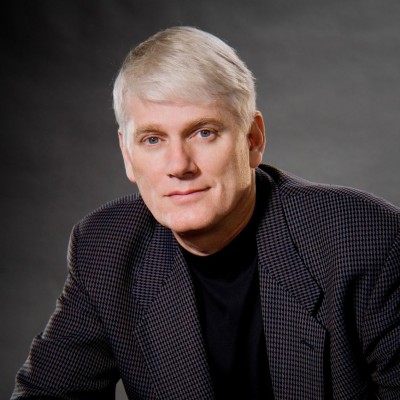
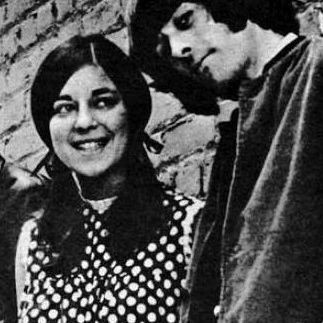
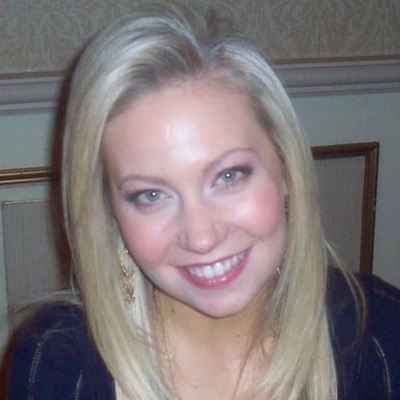
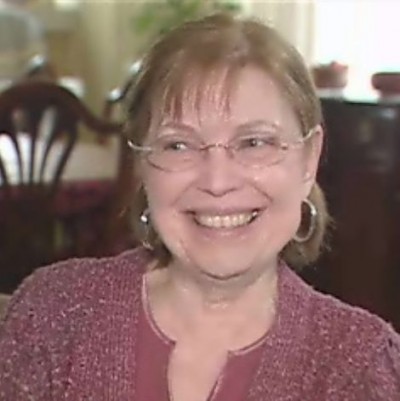
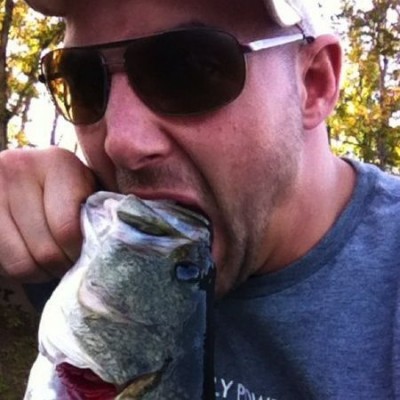
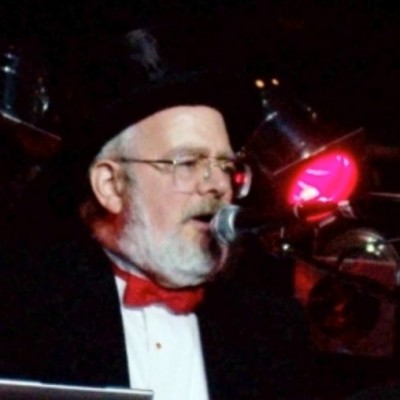
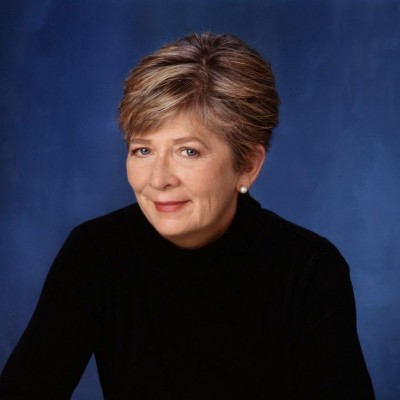
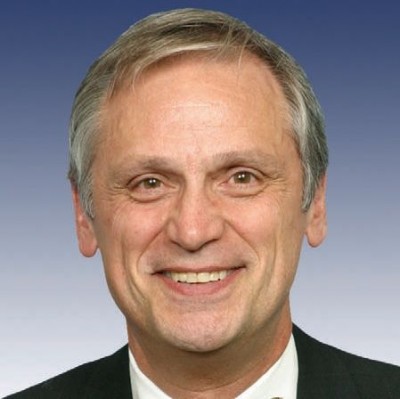
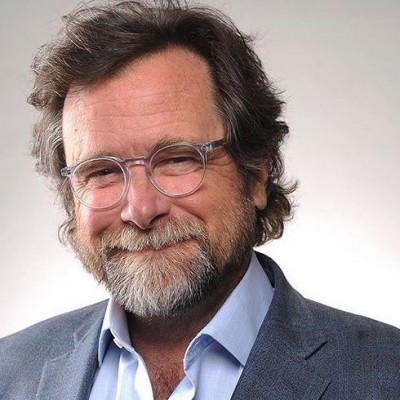
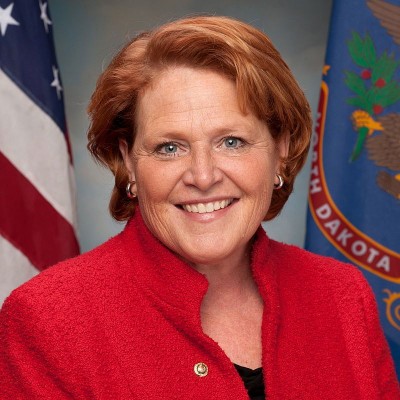
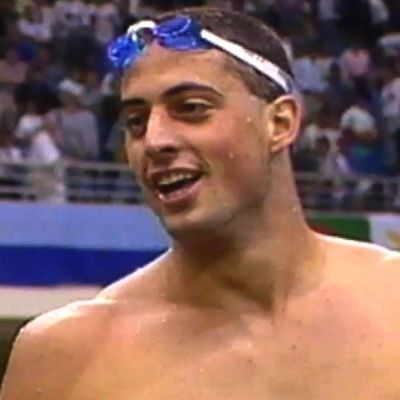
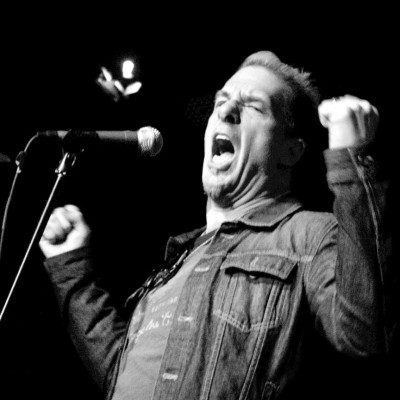
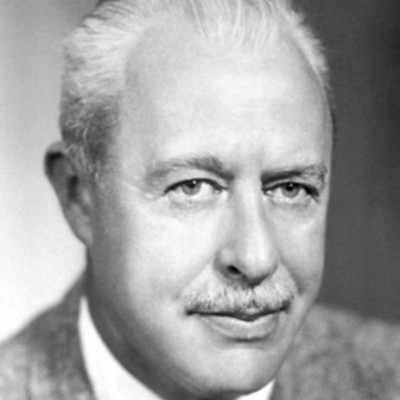
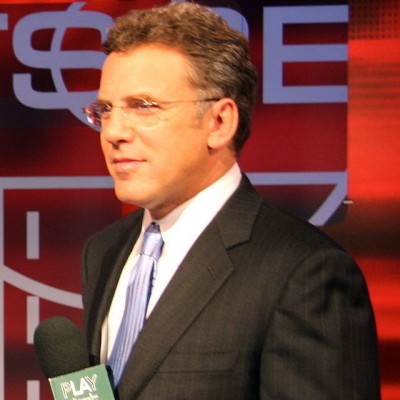
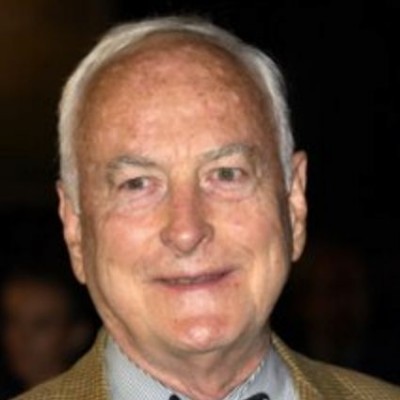
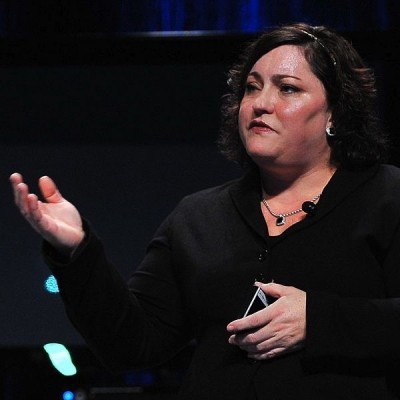
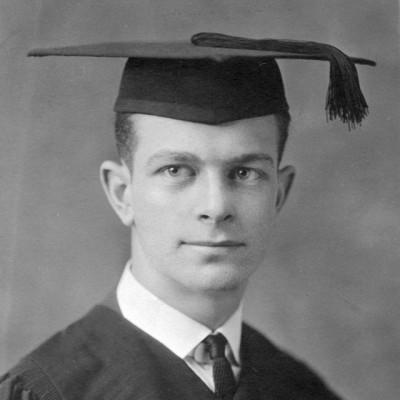
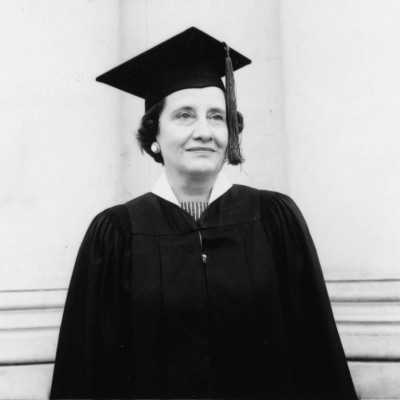
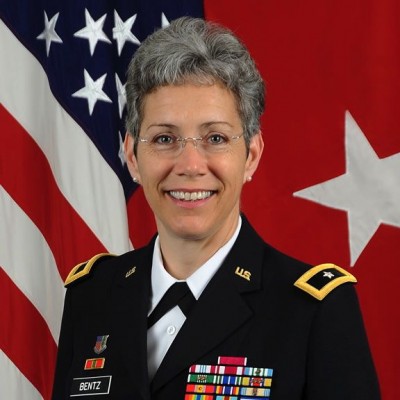
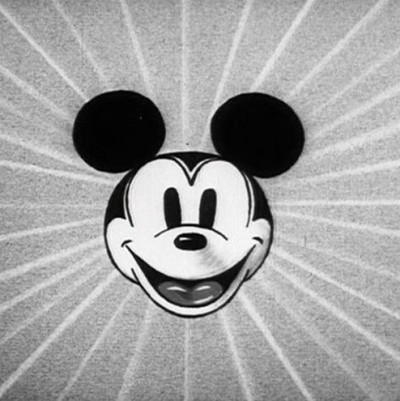
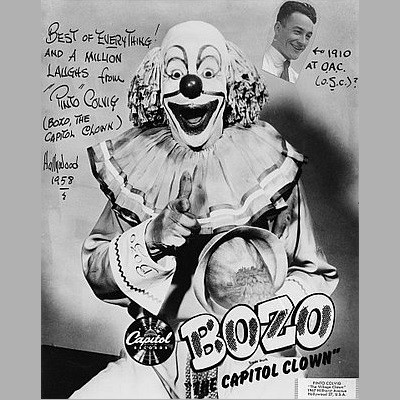

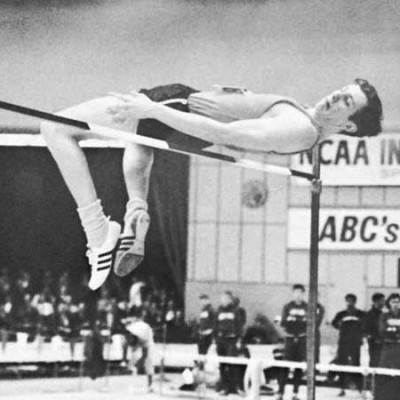
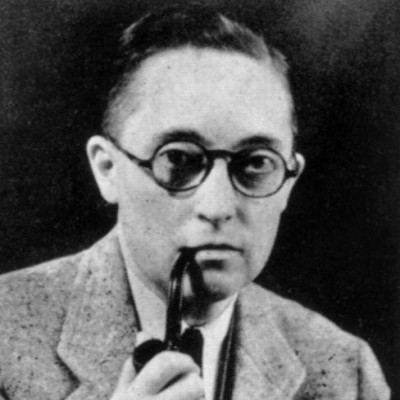
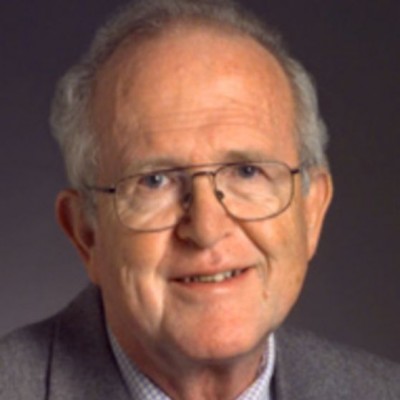
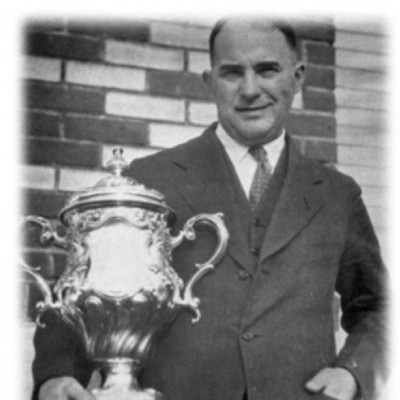
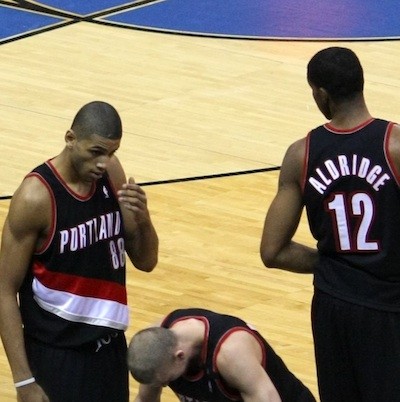
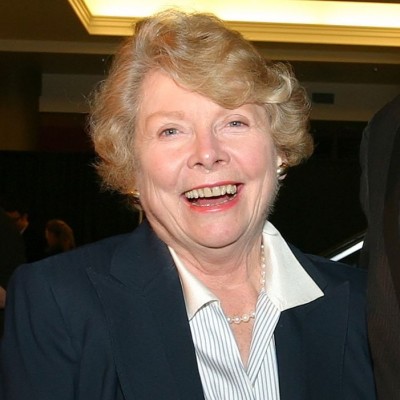
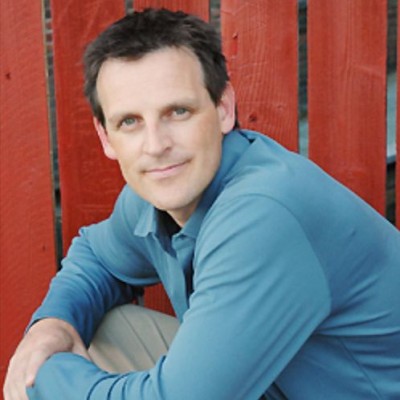
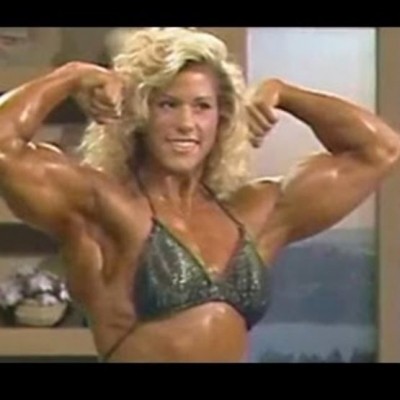

































 Delivered Free Every
Delivered Free Every
Follow us on Pinterest Google + Facebook Twitter See It Read It